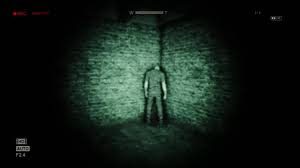The scene from “Charlie and the Chocolate Factory” in which we are introduced to Willy Wonka’s childhood is a great example of diegesis within a film. This is because it is an narrated explanation to Willy Wonka’s behaviour such as his hate towards families and confusion when Charlie chooses to stay with his family rather than going to the chocolate factory. It also explains his obsession with candy due to strictly not being allowed it as a child, even on Halloween. It also explains his sociopathic tendencies due to lack of sympathy when each of the children suffers from his factory and his lack of understanding when each of the parents shows concern towards their bratty children. Overall, it is an explanation for the entire plot and it turns the movie into not only an artistic creative “wonderland” type of movie but it also turns it into a family movie when Willy Wonka re-unites with his dad and finally gets to understand the importance of family.

“The Blair Witch Project” is a great example of intra-diegetic gaze because it is filmed as a “documentary” and we are constantly put in the character’s peripheral and point of view. The scene where the main character is exploring the house and is being chased by the witch causes a feeling of panic for the audience as we are experiencing what the character is experiencing.

“Fight club” is an example of breaking the fourth wall as the character broke the fourth wall and spoke to us, meaning they ignored the imaginary “wall” that keeps the actors from the audience. It is used to engage the audience and focus the attention onto specific character traits.
